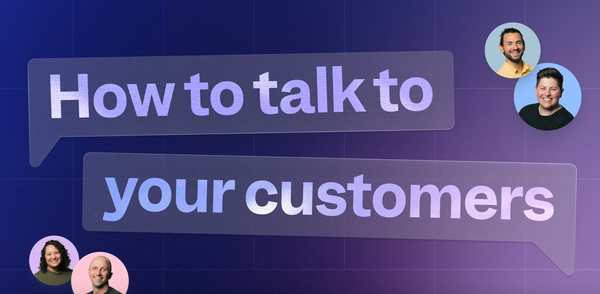5 Lessons on Intro Calls and Demos: Insights from Salesforce to the Startup World 👏🏼
In the fast-paced world of sales, the art of conducting effective introductory calls and demos can make or break a deal. Having honed my skills at Salesforce and now applying them in the startup ecosystem, here are five crucial lessons that continue to shape my approach:
1. Don't Rush to Demo
One of the counterintuitive lessons I've learned is the importance of holding off on demos during the initial call, especially for platform-based solutions. Instead, invest the first 30 minutes in discovery. This phase is invaluable for understanding the prospect's pain points, goals, and organizational dynamics. If a prospect isn't willing to engage in this crucial step, it's often a sign that they may not be serious about the potential partnership.
2. Gather Comprehensive Information
During the discovery phase, my focus extends beyond superficial details. I aim to gather comprehensive information that allows me to craft a Business Value Map—a blueprint that outlines how our solution can directly impact the prospect's KPIs and bottom line. Understanding their pain points deeply enables me to tailor my approach and demonstrate clear ROI during subsequent interactions.
3. Engage Your Champion Strategically
Before diving into the demo, it's essential to cultivate a strong relationship with your champion—the internal advocate pushing for your solution. Engage them early, sharing preliminary screenshots and seeking their input on what matters most to additional stakeholders. This proactive approach not only builds consensus but also ensures that your demo resonates deeply with everyone involved.
4. Prepare Value-Oriented Slides
For the demo call, preparation is key. I always have two slides ready: one that reaffirms our alignment through the Value Map discussed earlier, and another that previews what will be demonstrated. This structured approach not only keeps the conversation focused but also showcases our understanding of their specific needs and priorities.
5. Tailor Every Demo Experience
No two prospects are alike, and neither should be your demos. Building on insights gathered during discovery, I customize each demo to directly address their pain points and concerns. By anticipating questions and challenges specific to their environment, I demonstrate our solution's relevance and readiness for adoption.
Conclusion
In conclusion, effective intro calls and demos are more than just presentations—they're opportunities to build trust, demonstrate value, and align solutions with real-world challenges. By prioritizing discovery, leveraging comprehensive information, strategically engaging champions, preparing focused slides, and tailoring demos meticulously, I've found success in both established enterprises and agile startups.
Agree with these insights or have other strategies to share? Let's continue the conversation in the comments below. Together, we can refine our approach to mastering the art of sales demos in today's competitive landscape.


